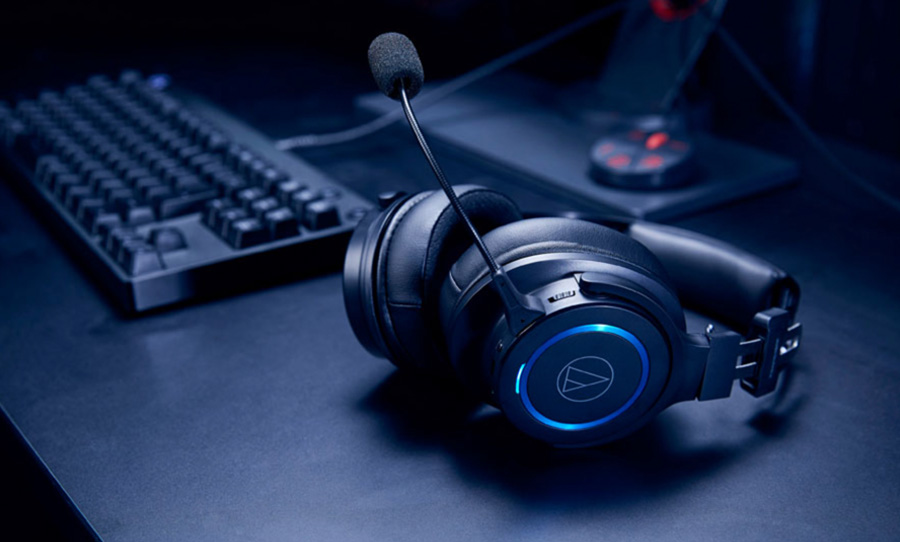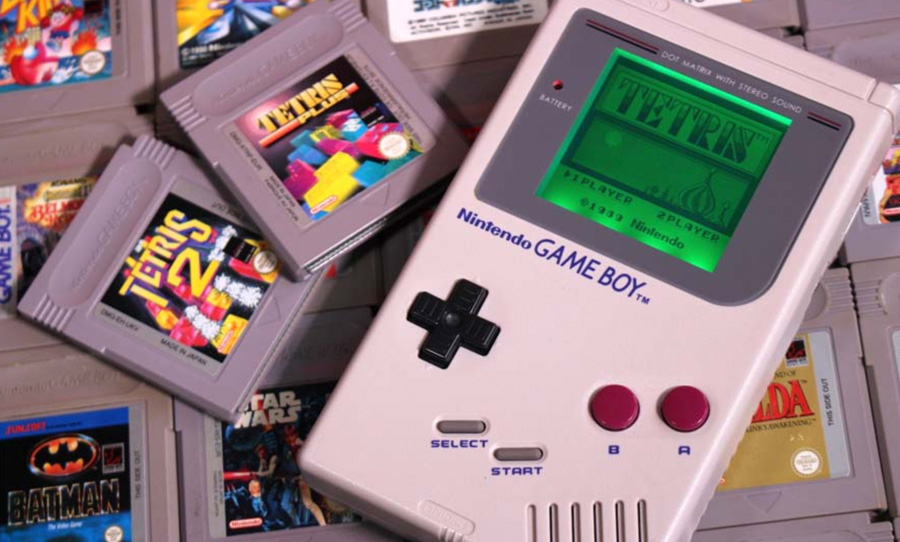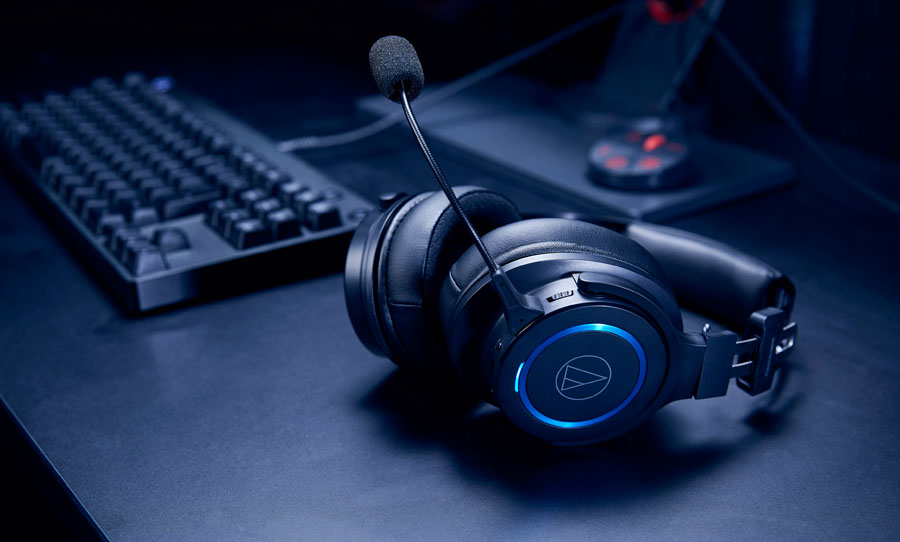When we look back into the primordial beginnings of video games, the archetypal 8 bit sounds of arcade machines and the early consoles immediately spring to mind. There could have been a time in the recent past when these sounds were viewed as limited, even naff. Nowadays, most people rightly recognise the genius of these early sound designs and composers: how could they create a world so engaging with such a limited set of tools?
Fast forward a few decades and the pallet of sounds that composers and sound designers have to choose from is seemingly without limit; the rendering of those sounds within the game environment, almost impossibly realistic. Welcome to the world of high resolution gaming audio.

From 8 bit to levels of sonic sophistication on par with Hollywood releases. It’s been a wild ride for gaming audio. With the right tools, you can have a more immersive experience than ever.
The Good Old Days
Along with the developments in the sounds themselves, there has been a parallel evolution in the audio playback medium. In the days of the arcade, the sound was cacophonous – any high fidelity sounds emitting from a Space Invaders or Pac Man machine didn’t stand a chance of being appreciated in that environment.
The same goes for early consoles. Though you could actually hear the sounds more clearly without the chronic din of the arcade to compete with, the TV speakers of the ‘80s and ‘90s were hardly putting out anything that could be considered hi-res.
For a form of entertainment that relies so heavily on complete immersion – and for the player to suspend his of her disbelief – headphones are where it’s at. Unless you have access to a superbly treated acoustic space, complete with an arsenal of surround sound speakers that are fit to deliver crystal clear highs and bone crushing lows, you’ll probably be reaching for those cans.
Most people with a keen interest in audio or gaming will recognise the characteristic bleeps and bloops of 8 bit sounds. These sounds, recognisable as they are – were limited by the processing power that was afforded to the game. Therefore, designers of the time had to be exceptionally creative with how they allocated what little amount of horsepower they had. As a result, sound effects were quite simple – rises in pitch for rises in tension, dissonant descending arpeggios spelled death and various “Mickey Mousing” techniques (musical cues that match the action on screen) were employed to convey feelings of achievement, or failure, to the player.

One Giant Leap
When there was enough power under the hood to cater for sampling, the gaming audio industry embraced it wholeheartedly. Previously, the sounds were conjured with meagre processing resources and the mighty imaginations on the part of the sound designers and composers. Suddenly a whole new sonic landscape was opened up, including actual vocal performances, musical instruments, complex sound effects, foley and more. This made for a gaming experience with heightened realism.
Throughout the late ‘90s and ‘00s, the layers of sound increased and gamers could be more absorbed in elaborate fantasy worlds. The dominant platform games (think Super Mario Bros., Sonic the Hedgehog) and fighting games (Street Fighter II, Mortal Kombat) started to make way for first person shooters and role-playing games. These were titles that tended to focus more on individual experiences within larger, less restricted environments.
These freeform surroundings in turn required close attention to sound design – unique sound effects were created from layered samples, voice over performances were honed to make the line between reality and the game world indistinguishable, musical scores began to rival the big budget offerings from the silver screen.

Total Immersion
Effects and mixing techniques that are familiar to the people who mix music are now commonplace in games. Automated panning to coincide with the movement of a character within a game; different types of ambience that correspond with a range of reflective environments; synth-style modulation that’s the hallmark of character’s voice are just a few examples of complex audio information that requires a high level of precision in audio playback.
Interestingly, the nostalgia for video games of our collective childhood has yielded new creations. Consoles like the Mega Sg are bringing games from the golden age back to life, with authentic graphics and sounds. The only difference is that the resolution of the playback has been exponentially improved for a modern audience. Instead of being played through a grainy, undersized TV, the Mega Sg relies on an HDMI connection for the widescreen, with 48kHz/16bit audio sampling rate. In other words – all the fuzzy wistfulness, but with razor sharp resolution for the discerning eye.

Audio-Technica’s ATH-G1 and ATH-G1WL (the wireless version) headphones are designed to reproduce high-quality audio, offering the player an in depth gaming experience. The specs of these cans seem to be in keeping with those you’d find in the studio. The drivers for instance, are a massive 45mm and therefore able to reproduce the extreme low end that’s is part and parcel of the modern gaming audio spectrum.
The importance of wireless connectivity can’t be understated as well. Communication with remote teammates is par for the course in contemporary gaming: the G1 series have a detachable boom mic with a highly directional polar pattern to make clear communication in intense situations easy. The G1WL has the added advantage of a low-latency 2.4GHz connection with your gaming platform of choice. Virtual surround is also available at the flick of a switch on these cans, so you’ll be able to hear anyone sneaking up on you, from any direction.
As audio within the gaming realm continues to push headlong into the future, it’s good to know that there are tools to help you get immersed in a whole new world. For more info on Audio-Technica’s gaming headphone range, head over to their website.



